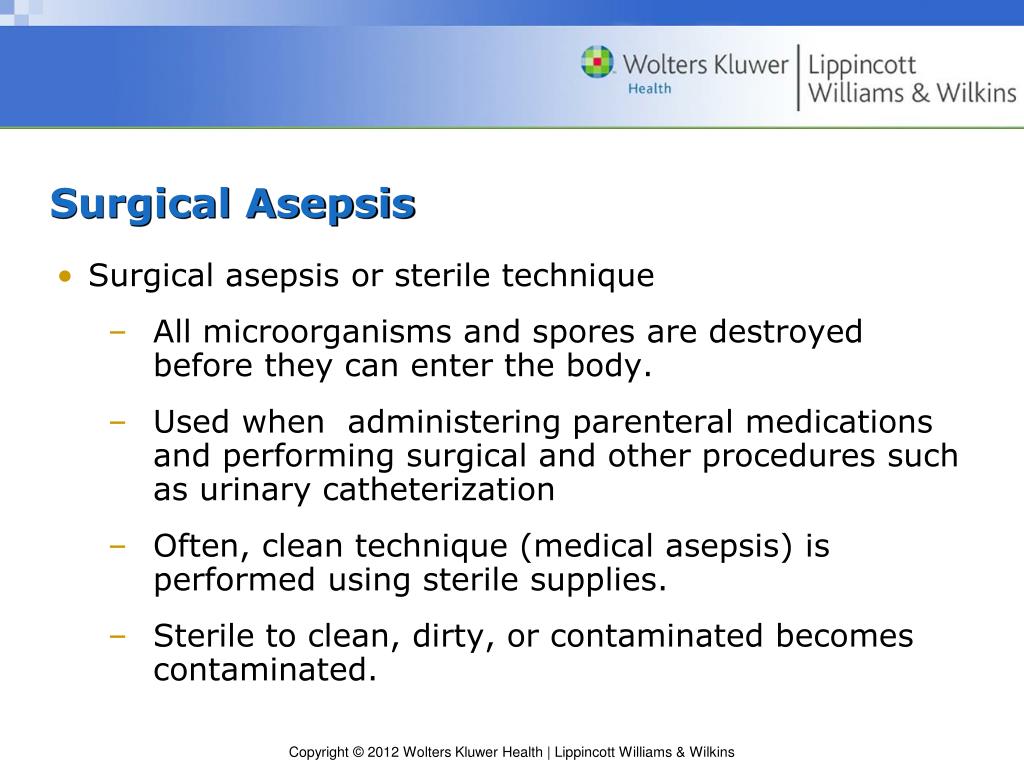

Support includes encouragement, and the dimension is further divided into two subscales: ‘Management support’ and ‘Colleague support’. Control refers to employee autonomy and how much say people have in their work. Demands relate to workload, work patterns and working environment. Work-related stress can encompass several stressor areas, such as demand, control, support, relationships, role and change. Work-related stress has long been known as a common concern among healthcare personnel worldwide, and has been found to make cognitive failure more likely and thus affect patient safety. Another systematic review of qualitative literature found that healthcare personnel’s perceptions of the work environment, e.g., access to resources and information, influenced compliance with hygiene principles and the authors concluded that healthcare personnel’s perceptions of their work environment were in line with Kanter’s theory of structural empowerment. A scoping review found that structural empowerment, especially sufficient access to support and resources, positively influenced work and unit effectiveness and affected the quality of care and patient safety climate. Access to these structures depends on perceptions of formal and informal power, where formal power means having a visible and central job that contributes to achieving organisational goals, and informal power is described as being developed through work-related alliances. Access to s upport refers to obtaining guidance and feedback from managers, subordinates and peers.
#BASIC MEDICAL ASEPSIS PROFESSIONAL#
Access to opportunity describes the changes for professional development within the organisation. Access to r esources involves employees’ ability to access sufficient time, materials and resources to achieve organisational goals. Access to information refers to people knowing the work and the organisation. Good structural empowerment leads to organisational effectiveness and people feeling in control at work.

Īccording to Kanter, a work environment that provides employees with access to information, resources, support and opportunities is empowering. A systematic review of systematic reviews investigated interventions to improve the hand hygiene behaviour of healthcare personnel and concluded that self-efficacy and social influence may enhance the effectiveness of interventions, but that literature regarding this was relatively scarce and more research was needed. Self-efficacy has been found to influence employees’ motivation, perceptions, and performance at work. 4, Psychological/affective states which influence a person’s beliefs in their capabilities. 3, Verbal persuasion, meaning that people are coached by others to believe they can complete tasks successfully. 2, Vicarious experiences, including observing others complete tasks successfully and the transmission of competencies. Bandura described self-efficacy as based on four essential elements: 1, Past performance outcomes, which are indicators of capability. Individuals with high self-efficacy are more prone to making an effort to complete tasks and are more productive and creative than individuals with lower self-efficacy. People with high self-efficacy are more able to take action and are more likely to view challenges as something to be handled rather than problems and things to avoid. Accordingly, it is valuable to study the relationship between the assessed working conditions of nurses and self-efficacy to medical asepsis in care situations. Human behaviour is known to be a consequence of a causal part of a sequence of events, affected by the context in which individuals are operating. Self-efficacy is described as a person’s belief in their ability to succeed in specified situations and has been shown to affect behaviour.

The most frequently reported healthcare-associated infections are respiratory tract infections, urinary tract infections and surgical site infections. Organism transmission in healthcare can lead to healthcare-associated infections. Medical asepsis in care situations involves procedures that reduce micro-organisms and decrease the risk for organism transmission in healthcare. Working conditions such as structural empowerment, work engagement and low work-related stress are also important to enable nurses to provide good, safe care to patients. The working conditions of nurses are related to their well-being and satisfaction at work, and undesirable working conditions lead to a higher risk of dissatisfaction and intention to leave the profession.


 0 kommentar(er)
0 kommentar(er)
